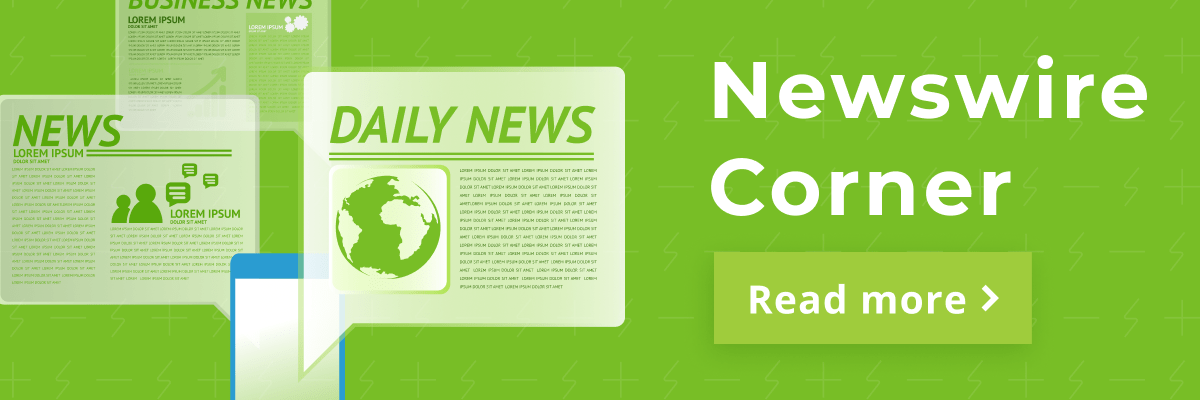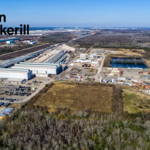Sign up for daily news updates from CleanTechnica on email. Or follow us on Google News!
Recently, I’ve been writing stories about the EV dead zones in the United States. Some of them have light at the end of the tunnel, often in the form of upcoming Tesla Superchargers with NACS compatibility. Other dead zones have no plans in sight to improve the situation. In this article, I’m going to talk about Navajo and Hopi tribal lands, and why it’s important to address this problem not only for the people who live there, but all of the people who struggle to visit the whole region.
Look At The Size Of This Dead Zone
East to west, this bald spot on EV charging maps extends from the Grand Canyon almost to Santa Fe. That’s about 300 miles as the crow flies, but EVs have to follow the roads, with all of the weather and terrain that saps range. North to south, we’re talking about roughly 150 miles at the widest, again with climbs and weather that can make EV travel across the area tougher than it seems on paper.
For example, driving from Flagstaff, Arizona, across the dead zone to Mexican Hat, Utah, is almost 200 miles with lots of climbing in the first half. Even unloaded, my Bolt EUV with truck tires can’t get across it without stopping at an RV park or at a motel with Level 2 charging to get a bit more range. For most EVs pulling trailers, the situation is similar.
Another popular place to go in the area is the North Rim of the Grand Canyon. Coming from the north out of Kanab, Utah, that would be pretty easy because there’s a ChargePoint Level 3 station there. But, if you’re coming from the south, you’re facing the same climb out of Flagstaff and then need to climb again to get to the North Rim. Luckily, there’s a restaurant and hotel with Level 2 destination charging, but you’re still going to need to take a long lunch or dinner if you don’t want to stay the night.
Why This Is Very Bad For The Tribes
This situation is obviously bad for the tribes, because as more people buy EVs, fewer people will want to try to pass through. My route planning software recommends going through Vegas or crossing the dead zone in New Mexico, towing or not. There are some creative ways to save time and go across, but you have to know what you’re doing with trip planning software to make it do that. Slowing down a bit, stopping at Level 2 charging stations, or camping at RV parks can make it a much easier trip, but most people will likely just see that the route planner can’t do it an not try to hack together a better plan.
Without people passing through, tribal businesses will suffer more and more until charging goes in. Even if people aren’t stopping and spending money in places like Canyon de Chelly or Monument Valley, people still spend money buying food and gas just blasting through to make good time. It’s important to point out that there’s no interstate connection directly between Phoenix and Salt Lake, and many people use U.S. highways passing through the area to save hours of driving time compared to going through Vegas.
But, the impact of losing tourists coming to see things instead of passing through is going to hit them harder. When people stop and stay a while, opportunities for buying souvenirs, staying at hotels, eating more meals, and paying fees to see the best places can make a lot more money. All of that will start to fade away unless people get some fast charging opportunities.
Another very bad thing is that EV adoption by people living there will be that much harder. EVs may be unaffordable for many people living there today, but cheaper used EVs are already available and prices for new and used EVs are on the way down. This puts everyone there at a greater disadvantage, on top of the other disadvantages already experienced. Nobody needs to fall further behind in Navajo or Hopi country.
Why This Is Awful For The Rest Of The US
The fact that this situation is bad for the tribes should really be enough motivation to fix the situation, but sadly that hasn’t helped with other things in the past. So, I’ll lay out some reasons this sucks for the rest of us.
Like people living on the reservations, the lack of ability to travel in some of the most beautiful land in the country will discourage EV adoption everywhere else. Nobody wants to buy 99% of a car. We want the whole thing, and we want our cars to be able to make it everywhere our gas cars were able to go. Even if we only plan on going once or twice, that’s still a negative for EV ownership.
For people who decide to buy an EV anyway, having to spend an extra day traveling around the area to get to places is terrible. Not only is it harder to make it to the other side, but we end up missing out on things that we should have been able to see along the way. Monument Valley is a big one, but other places like the Navajo Bridge, Marble Canyon, Lee’s Ferry, and the Vermillion Cliffs National Monument are lost to us as EV owners.
 Chip in a few dollars a month to help support independent cleantech coverage that helps to accelerate the cleantech revolution!
Chip in a few dollars a month to help support independent cleantech coverage that helps to accelerate the cleantech revolution!
Fixing This Might Be Easier Than Most Think
To resolve this situation, we don’t need hundreds of charging stations with thousands of stalls (at least not yet). 6-8 stations with 4-8 stalls each would make for a great start that could get the flow of EVs going and lead to revenue to fund further growth an investment.
The biggest challenge in much of the area is going to be getting big wires run to areas that currently don’t have a lot of power. But, battery storage stations like FreeWire offers can run on a lot less power by charging the battery on a smaller connection 24/7 and giving people a dump of power at higher kW levels as needed. Even better, the company recently announced a program where businesses (including those on tribal land) can apply to get stations installed with no up-front costs.
Based on my driving in the area and messing around with trip planning software, I’d put stations at these locations:

With charging stations in those spots, even my Bolt EUV pulling a little trailer would confidently make it across at normal speeds. There are things to do, food to eat, restrooms, and plenty of other ways to spend time and money within walking distance of those locations. Everyone would win if we can get this done!
Featured image: screenshot from Plugshare.com showing the charging dead zone.
Have a tip for CleanTechnica? Want to advertise? Want to suggest a guest for our CleanTech Talk podcast? Contact us here.
Latest CleanTechnica TV Video
CleanTechnica uses affiliate links. See our policy here.





